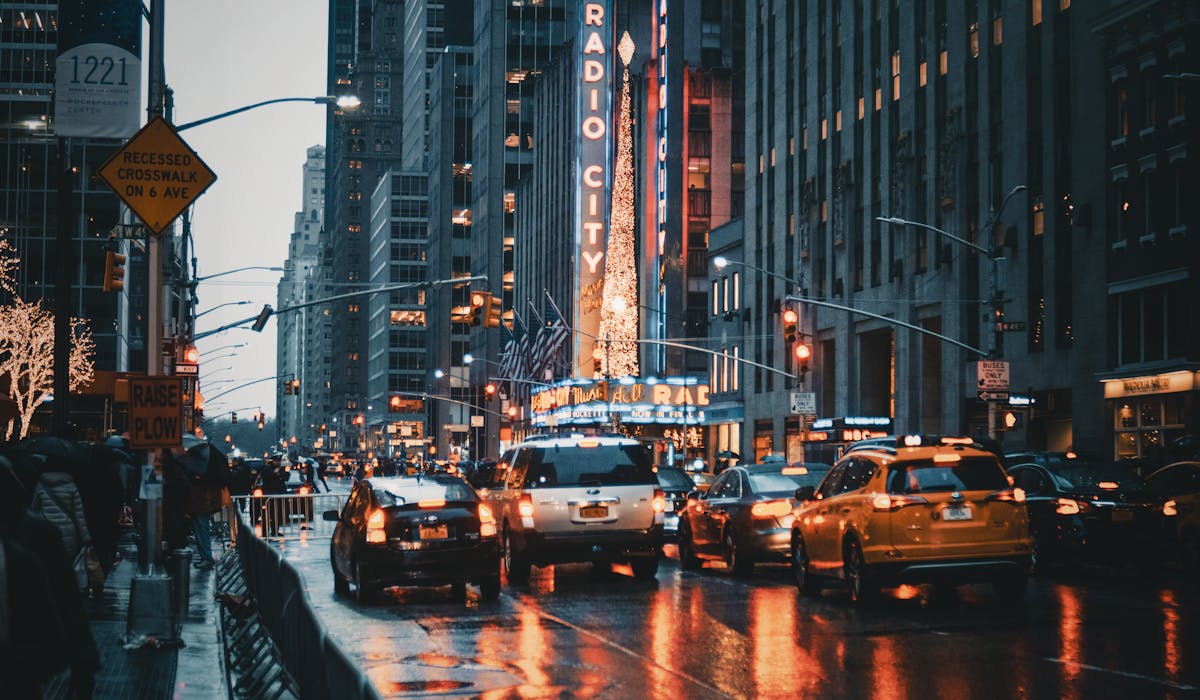Rumored Buzz on Framing Streets
The Single Strategy To Use For Framing Streets
Table of ContentsAbout Framing StreetsFraming Streets Things To Know Before You BuySome Known Details About Framing Streets The Only Guide to Framing StreetsThe Definitive Guide for Framing StreetsThe Buzz on Framing Streets
, usually with the goal of catching pictures at a definitive or emotional moment by careful framework and timing. https://peatix.com/user/20569123/view.
The Only Guide for Framing Streets
Susan Sontag, 1977 Street digital photography can focus on individuals and their behavior in public. In this respect, the road professional photographer is comparable to social documentary professional photographers or photographers that also function in public locations, yet with the aim of recording newsworthy occasions. Any one of these photographers' pictures may record people and property visible within or from public areas, which often entails navigating honest issues and laws of privacy, safety and security, and property.
Representations of everyday public life form a style in nearly every duration of globe art, beginning in the pre-historic, Sumerian, Egyptian and early Buddhist art durations. Art managing the life of the road, whether within views of cityscapes, or as the dominant motif, shows up in the West in the canon of the North Renaissance, Baroque, Rococo, of Romanticism, Realistic look, Impressionism and Post-Impressionism.
Some Known Facts About Framing Streets.
Louis Daguerre: "Boulevard du Holy place" (1838 or 1839) In 1838 or 1839 the first picture of figures in the road was taped by Louis-Jacques-Mand Daguerre in one of a set of daguerreotype views taken from his studio window of the Blvd du Holy place in Paris. The second, made at the elevation of the day, shows an uninhabited stretch of street, while the various other was taken at about 8:00 am, and as Beaumont Newhall records, "The Boulevard, so regularly loaded with a relocating throng of pedestrians and carriages was perfectly solitary, other than an individual who was having his boots combed.
Consequently his boots and legs were well defined, however he lacks body or head, due to the fact that these were in movement." Charles Ngre, waterseller Charles Ngre. https://framingstreets1.start.page was the initial photographer to obtain the technical refinement required to sign up people in motion on the road in Paris in 1851. Professional Photographer John Thomson, a Scotsman collaborating with journalist and social protestor Adolphe Smith, released Street Life in London in twelve regular monthly installations starting in February 1877
The Definitive Guide for Framing Streets
Eugene Atget is considered a progenitor, not due to the fact that he was the first of his kind, but as a result of the popularisation in the late 1920s of his record of Parisian streets by Berenice Abbott, who was inspired to undertake a similar documentation of New york city City. [] As the city created, Atget aided to advertise Parisian roads as a worthwhile topic for photography.

Framing Streets Can Be Fun For Anyone
Martin is the first taped professional photographer to do so in London with a masked video camera. Mass-Observation was a social study organisation established in 1937 which intended to record daily life in Britain and this contact form to record the responses of the 'man-in-the-street' to King Edward VIII's abdication in 1936 to wed divorce Wallis Simpson, and the sequence of George VI. The chief Mass-Observationists were anthropologist Tom Harrisson in Bolton and poet Charles Madge in London, and their very first record was produced as guide "May the Twelfth: Mass-Observation Day-Surveys 1937 by over two hundred observers" [] Home window cleaner at Kottbusser Tor, Berlin, by Elsa Thiemann c. 1946 The post-war French Humanist College professional photographers located their topics on the road or in the bistro. Between 1946 and 1957 Le Groupe des XV each year exhibited work of this kind. Andre Kertesz. Circus, Budapest, 19 May 1920 Road digital photography created the major material of two events at the Gallery of Modern Art (Mo, MA) in New york city curated by Edward Steichen, 5 French Photographers: Brassai; Cartier-Bresson, Doisneau, Ronis, Izis in 1951 to 1952, and Post-war European Photography in 1953, which exported the idea of road digital photography worldwide.

An Unbiased View of Framing Streets
The recording maker was 'a concealed cam', a 35 mm Contax hidden beneath his coat, that was 'strapped to the upper body and linked to a long wire strung down the right sleeve'. His work had little modern influence as due to Evans' sensitivities about the originality of his job and the personal privacy of his subjects, it was not released until 1966, in the publication Several Are Called, with an introduction written by James Agee in 1940.
Helen Levitt, after that a teacher of children, connected with Evans in 193839. She documented the temporal chalk drawings - Sony Camera that belonged to children's road culture in New york city at the time, along with the youngsters who made them. In July 1939, Mo, MA's new photography area consisted of Levitt's operate in its inaugural exhibitRobert Frank's 1958 publication,, was substantial; raw and typically indistinct, Frank's pictures examined traditional digital photography of the time, "challenged all the official regulations laid down by Henri Cartier-Bresson and Pedestrian Evans" and "flew in the face of the wholesome pictorialism and genuine photojournalism of American publications like LIFE and Time".